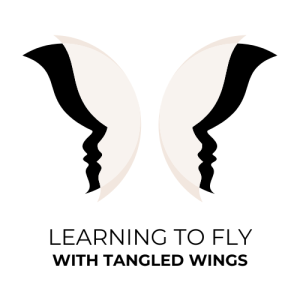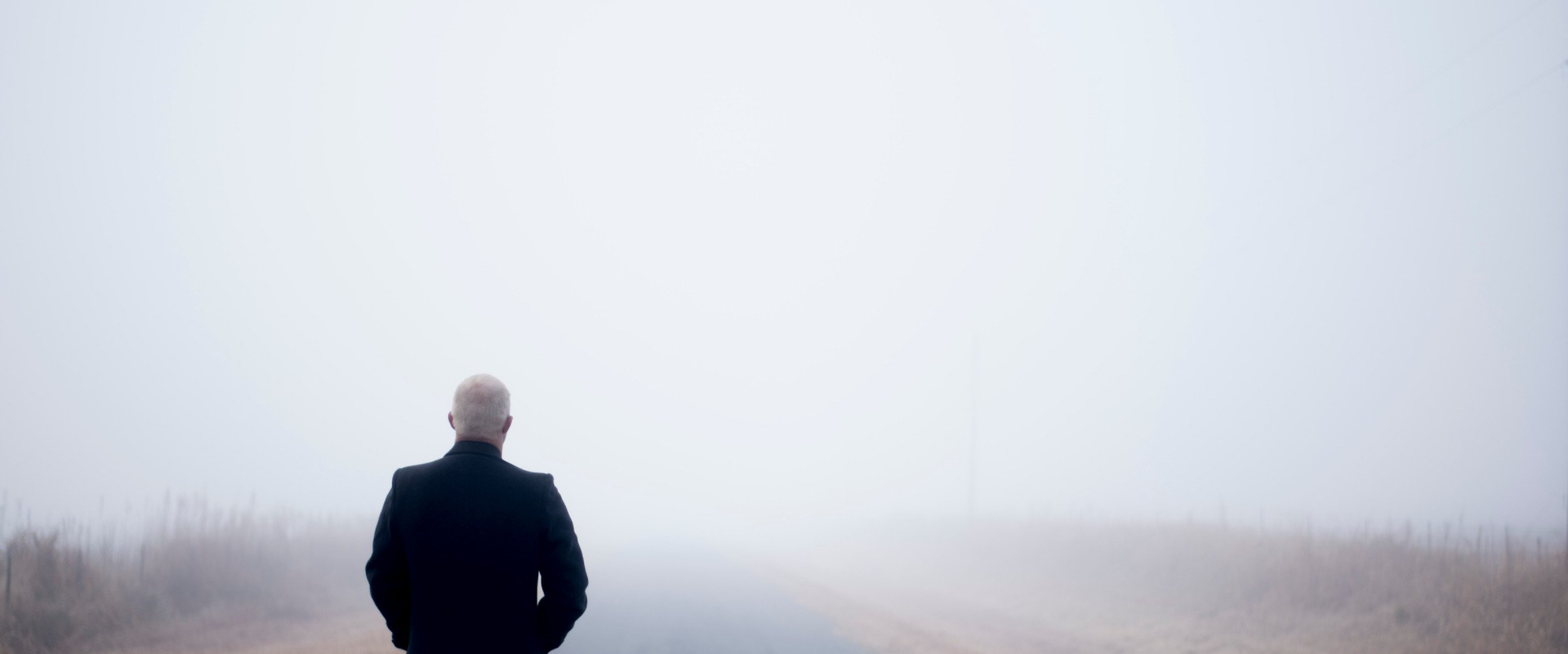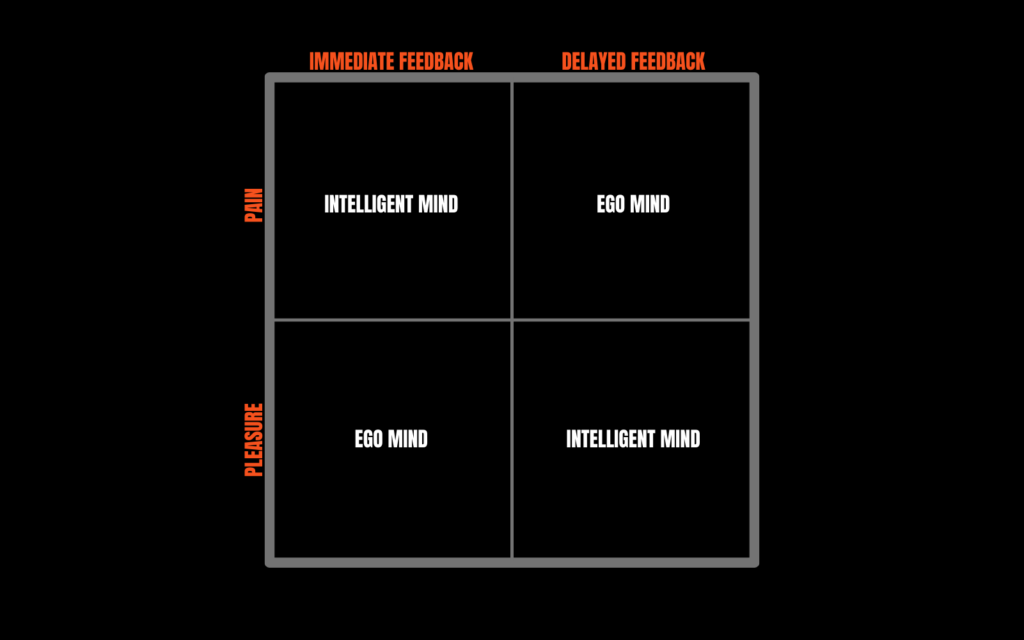As humans, we are often drawn to convenience. While convenience offers an immediate gratification (pleasure now), there is often an overlooked cost of what that convenience truly entails (pain later). Likewise, if we put in work now (pain now), while that may not be the easiest, quickest method, we may reap rewards tenfold later on (pleasure later). As goes the old adage, $50 now or $100 one year from now.
While every decision is contextual & with regards to pain & pleasure one must examine who & what receives which, the ego mind will usually try to persuade us toward receiving pleasure now, pain later. The intelligent mind questions this & sees the benefit of putting in the work now (pain) so that we may enjoy the fruits of our labor later (pleasure).
Ultimately, existence is both & we see them intertwined through the mud/lotus metaphor commonly referenced in yoga. As any kinkster is readily familiar with, elements of pain can sometimes transform into pleasure – from the pain (mud) comes the pleasure (lotus flower).
As it relates to our breath practice, as we breathe into the physical body, emotions will rise through that intimate internal awareness. Sometimes, these are pleasurable & sometimes, these emotions may be painful. Our ego mind may have previously persuaded us to ignore it as they are usually fairly uncomfortable to process & deal with, that’s often why we avoid it. But, avoiding it just delays the pain, it does not absolve it. And, when delayed long enough, will usually start spilling out whether we want it to or not.
What is pain? As summarized in Better Bondage for Every Body by Evie Vane, Margaret A. Caudill, MD, Ph.D. :
- “Biologically, pain is a signal that the body has been harmed.
- Psychologically, pain is experienced as emotional suffering.
- Behaviorally, pain alters the way a person moves & acts.
- Cognitively, pain calls for thinking about its meaning, its cause, & possible remedies.
- Spiritually, pain may be a reminder of mortality.”
No matter how we cut it, we as humans avoid pain. As children, we are taught not to touch the hot stove, as it will burn us if we do. Our perception of pain through our physical bodies allows us to perceive potentially harmful situations. However, we must be careful to thoughtfully & honestly distinguish between “right” & “wrong” pain.
In Light on Life by B.K.S. Iyengar, he states:
“Right pain is not only constructive but also exhilarating & involves challenge, while wrong pain is destructive & causes excruciating suffering. Right pain is for our growth & for our physical & spiritual transformation. Right pain is usually felt as a gradual lengthening & strengthening feeling & must be differentiated from wrong pain, which is often a sharp & sudden cautionary feeling that our body uses to tell us we have gone too far beyond our present abilities. In addition, if you get a pain that is persistent, & intensifying as you work, it’s likely wrong pain. The challenge of yoga is to go beyond our limits – within reason. We continually expand the frame of the mind by using the canvas of the body. It is as if you were to stretch a canvas more & create a larger surface for painting. But we must respect the present form of our body. If we pull too fast or too much at once, we will rip the canvas. If the practice of today damages the practice of tomorrow, it is not correct practice.”
As rope bottoms, we are often encouraged to “find our edge”. In essence, this means finding the sensation of the stretch within the body without crossing that delicate line into “wrong” pain. We must be cognizant of our individual & varying pain thresholds in order to avoid severe injury or nerve damage and always, always, always, practice safety first. Though, we must diligently distinguish between “right” & “wrong” pain in our practice. If we resist “right” pain, we are prematurely capping our growth by holding on to outdated, often emotional, attachments. In surrendering to “right” pain, we stop running from it, & thereby expand into paths & postures previously unavailable to us. Working through “right” pain can mean a cathartic release of that which we have too long held on to.
By using our will & intelligent mind, we allow ourselves time to feel that space & emotions as they arise. Over time, we gain an increased understanding & awareness of that area, that emotion, our response to it, & where it may come from.
*Please note, Learning to Fly with Tangled Wings does not advocate for or prescribe pain. Rather, we discuss acute pain’s influence on our practice






